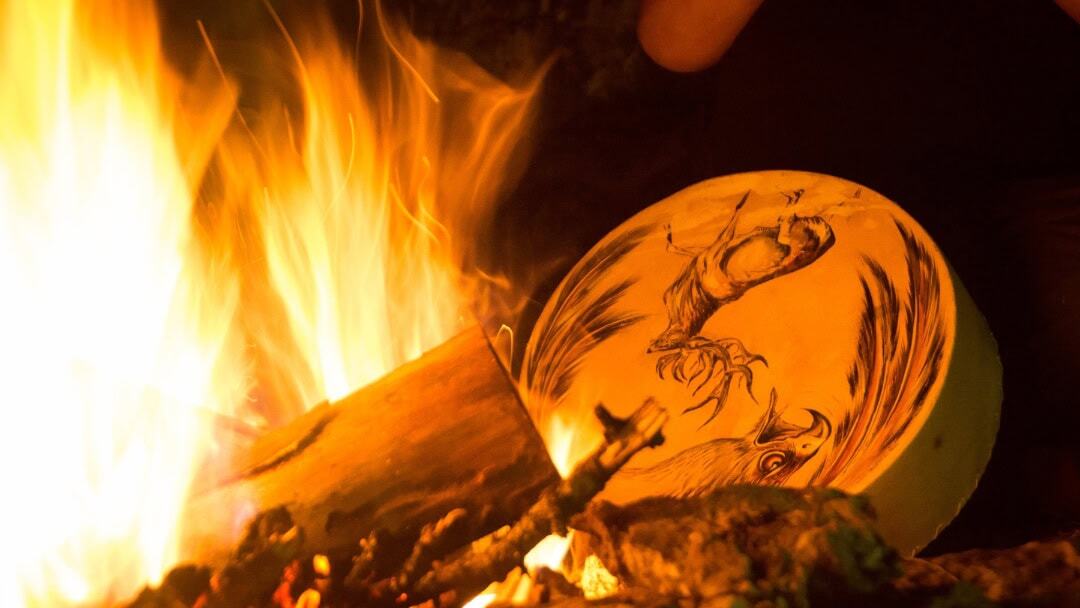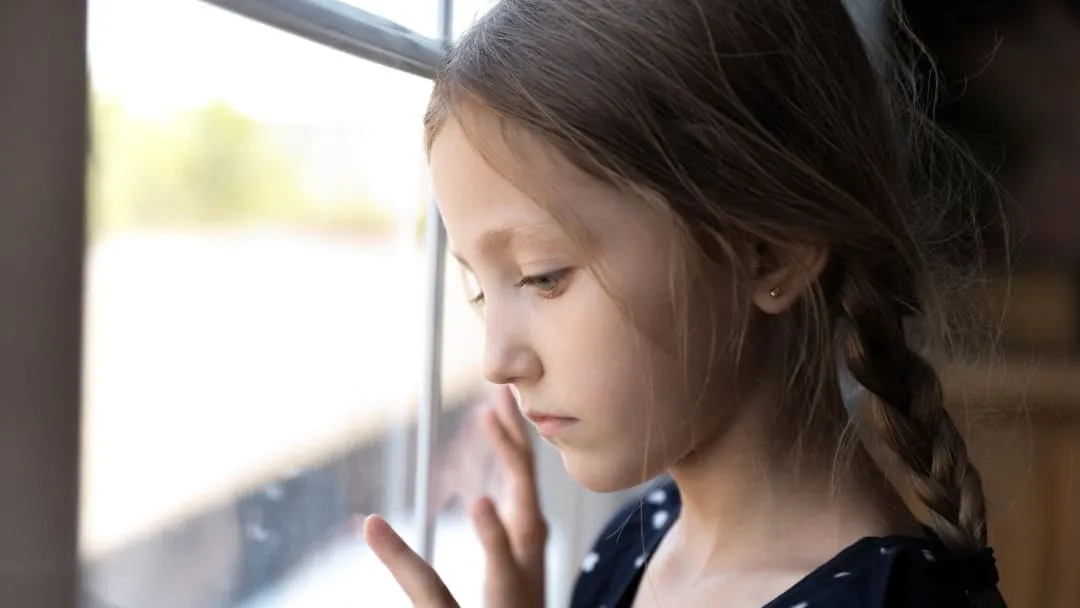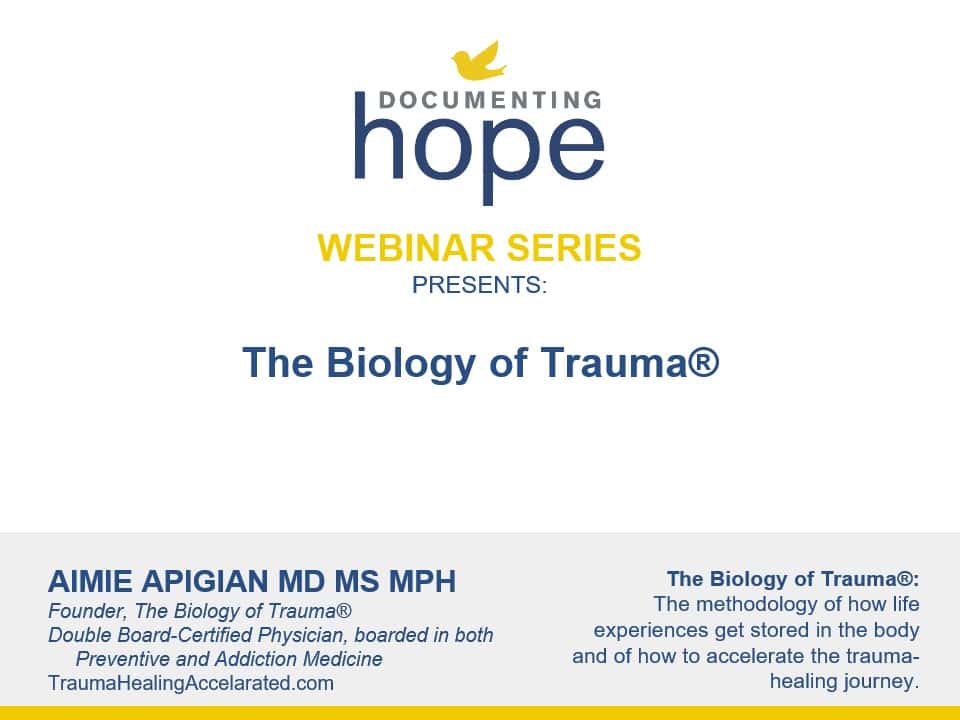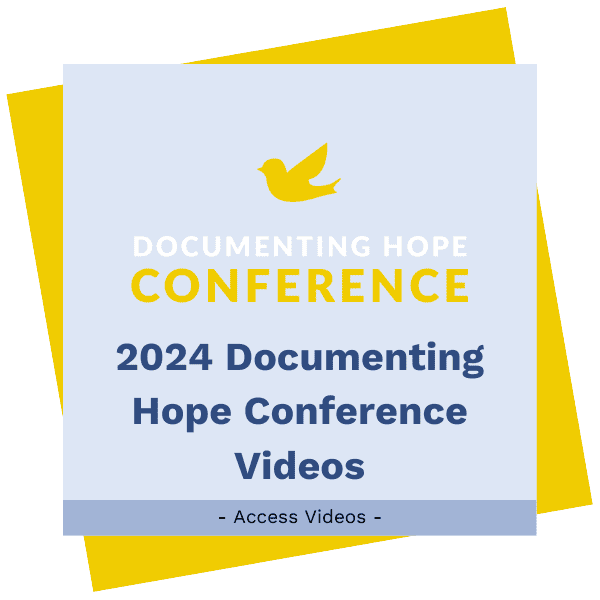What Is Shamanism?
Broadly speaking, shamanism is one of the world’s oldest healing practices. It is rooted in indigenous traditions across the globe dating back tens of thousands of years. A shaman is known by different names in different cultures (e.g., elder, sage, mediator, healer, or spiritual guide) and is skilled at assisting those who seek to harmonize the physical, emotional, and spiritual aspects of life through a spiritual connection. Men and women who are experienced at entering an elevated state of consciousness to access guidance and healing from the spirit world, often on behalf of individuals or communities, are often referred to as shamans.
Common Core Values of Shamanic Practices
Shamanic traditions are diverse, shaped by the geography, culture, and beliefs of the societies from which they emerged. The term shaman (translated as gender neutral “holy man”) is derived from the Tungusic Evenki language of Siberia, but similar practices exist across cultures—from the medicine men and women of Native America, to the sangomas of South Africa, to the curanderos of Central and South Americas. The characteristics of shamans vary; however, most share this set of common core values:
Sickness and Suffering Have Deep Roots Both Seen and “Unseen”
Disease or dis-ease may come from emotional wounds, spiritual imbalance, or energy loss—not just germs or injury. Shamans may use “extraction healing” to remove spiritual intrusions or energetic blockages believed to cause illness or imbalance, just as one might use better hygiene and remove physical barriers and blockages to create a healing space.
Everything Is Connected; Healing Is Holistic; and One’s Soul Can Be Hurt and Healed, Too
Shamanism sees all life—people, animals, plants, earth, and spirit—as deeply interconnected. True healing addresses the body, emotions, mind, and spirit—not just physical symptoms. Trauma, fear, stress or loss can cause parts of the soul to “go missing” or become fragmented. Shamans help with soul retrieval, reintegrating lost parts of a person’s spirit to restore wholeness.
The Unseen World Is Real; Nature Is Sacred; Respect and Humility for Both Are Essential
Shamans believe in an invisible world of spirit and energy that influences daily life and health. Divine intervention from this spirit realm can help guide individuals through decisions and life’s challenges. Shamanism is practiced with deep respect—for the spirits, for the person seeking healing, and for the earth–for nature as a source of wisdom, healing, and power.
Spirit Guides and Helpers Exist, and the Shaman Is a Bridge Between “Worlds”
A shaman works with spirit allies—angels, animals, ancestors, or other loved ones—to receive guidance and support for protection, insight, and healing power. Shamans may use rituals and ceremonies—such as drumming, chanting, fire, herbs, and sacred objects— as healing tools to shift energy and connect the physical world with the spirit world. Shamans may also assist souls of the deceased in transitioning peacefully to the afterlife. While the techniques may vary, the unifying thread is the shaman’s role as a bridge between the physical and spiritual worlds.
Shamanic Training and Initiation
Becoming a shaman is not a casual decision; traditionally, it is considered a calling—marked by visions, dreams, or a life-altering illness. Such a traumatic event, referred to as a “shamanic initiation crisis” or spiritual awakening prepare the individual for their role as a healer. Modern shamanic practitioners may apprentice under indigenous elders, spiritual mentors, or through formalized programs that honor traditional practices. These practices are based on the belief that spiritual health underlies physical and emotional well-being, and that true healing involves restoring harmony across all levels of being. Key aspects include:
Journeying and Developing Allies
Shamans learn to safely and responsibly use visualization, coherence breathwork or other elements such as drumming or chanting to enter a deeply meditative state (i.e., an altered state of consciousness, theta, hypnotic or flow state) of expanded awareness. It is from this state that they can develop respectful relationships with spirit guides, ancestors, or elemental forces.
Ethics and Responsibility
Today, while the form of training may vary, sincere modern practitioners often undergo rigorous spiritual and ethical training often lasting many years. Deep respect for the sacredness of the work, includes humility, responsibility, and cultural sensitivity.
Healing, Ceremony and Ritual
Shamanic training is not just about learning techniques; it involves personal transformation, emotional healing, and spiritual maturity. Shamans experience and learn to respect the power of ritual to invoke healing and transformation as they engage in healing rites for individuals and communities.
The Value of Shamanic Practices in Holistic Health
In today’s world, there is a growing interest in holistic approaches to health and wellness that integrate body, mind, and spirit. As holistic health grows in popularity, shamanic practices offer a rich and time-tested perspective on soul-centered healing that complements modern wellness paradigms. Shamanic healing can complement modern wellness practices in several ways:
- Addressing root causes: Where conventional medicine often treats symptoms, shamanic healing seeks the root energetic or spiritual causes of illness—often tied to emotional trauma, disconnection, or spiritual imbalance.
- Restoring wholeness and balance: Practices like soul retrieval and energy clearing help individuals reclaim lost parts of themselves, fostering a deep sense of self-integration, empowerment, and inner peace.
- Supporting emotional well-being and healing: Shamanic rituals provide a safe space for addressing trauma, and processing suppressed emotions or grief, while allowing for spiritual renewal. The process can benefit those struggling with depression, anxiety, or chronic stress.
- Reconnecting with nature: Many shamanic traditions emphasize our relationship with the natural world, encouraging a sense of ecological responsibility and belonging. A deep and enriching connection to nature can support mental clarity, reduce stress, and enhance vitality.
- Empowering personal growth: By fostering direct spiritual experience, shamanic work helps individuals access their inner wisdom and guidance, supporting personal clarity, purpose, and growth. Personal growth has a ripple effect potential—showing others how healing is possible.
The Value of Shamanism for Children with Modern Health Conditions
In recent years, more families and practitioners have explored the role of shamanism in supporting children facing complex modern health issues—including autism spectrum disorder (ASD), ADHD, Sensory Processing Disorder, childhood trauma, and anxiety. While shamanic healing is not a replacement for medical or developmental therapies, it can be a complementary approach that addresses the emotional, spiritual, and energetic needs of the child. Through the shamanic process a child’s physical symptoms may decrease as well. Some benefits include:
- Nervous system regulation: Children with sensory sensitivities or heightened emotional reactivity may benefit from energy clearing or grounding rituals, which help them calm and regulate their nervous system.
- Soul and spirit work: For children who have experienced early medical trauma, adoption, or emotional neglect, soul retrieval or ancestral healing may support deeper emotional integration and a sense of belonging.
- Non-verbal healing: Shamanic techniques do not rely on verbal processing, making them accessible for non-speaking children or those with communication challenges.
- Empowering the family: Shamanism often includes working with a child’s parents or caregivers to heal intergenerational patterns and create a spiritually supportive home environment.
- Connection to nature and spirit: Children often respond well to the symbolic, nature-based language of shamanism—such as working with spirit animals, stones, or drumming—it aligns with their innate creativity and intuition.
Practitioners must approach this work with great care, cultural awareness, and collaboration with the child’s healthcare team. The goal is not to “fix” the child, but to support their unique energetic blueprint and nurture their emotional, spiritual, and soul-level needs.
Conclusion
As interest in integrative healing continues to grow, the ancient wisdom of shamanism offers timely guidance for modern seekers seeking a deeper, more meaningful approach to wellness along with powerful tools for healing, transformation and spiritual connection. Whether supporting adults through life challenges or helping children thrive in a fast-paced, overstimulating world, shamanic practices remind us of the wisdom that exists beyond the material world—and the healing that begins when we listen and “see.” Shamanism is not merely a set of techniques. It is a sacred worldview that offers a holistic framework that speaks to the deep human need for connection—connection to self, to community, to nature, and to spirit.
About Heather Tallman Ruhm MD
Heather Tallman Ruhm MD is the Medical Director of the Documenting Hope Project. She is a Board Certified Family Physician whose primary focus is whole-person health and patient education. She draws on her conventional western training along with insights and skills from functional, integrative, bioregulatory and energy medicine. She believes in the healing capacities of the human frame and supports the power of self-regulation to help her patients recover and access vitality.

Still Looking for Answers?
Visit the Documenting Hope Practitioner Directory to find a practitioner near you.
Join us inside our online membership community for parents, Healing Together, where you’ll find even more healing resources, expert guidance, and a community to support you every step of your child’s healing journey.







